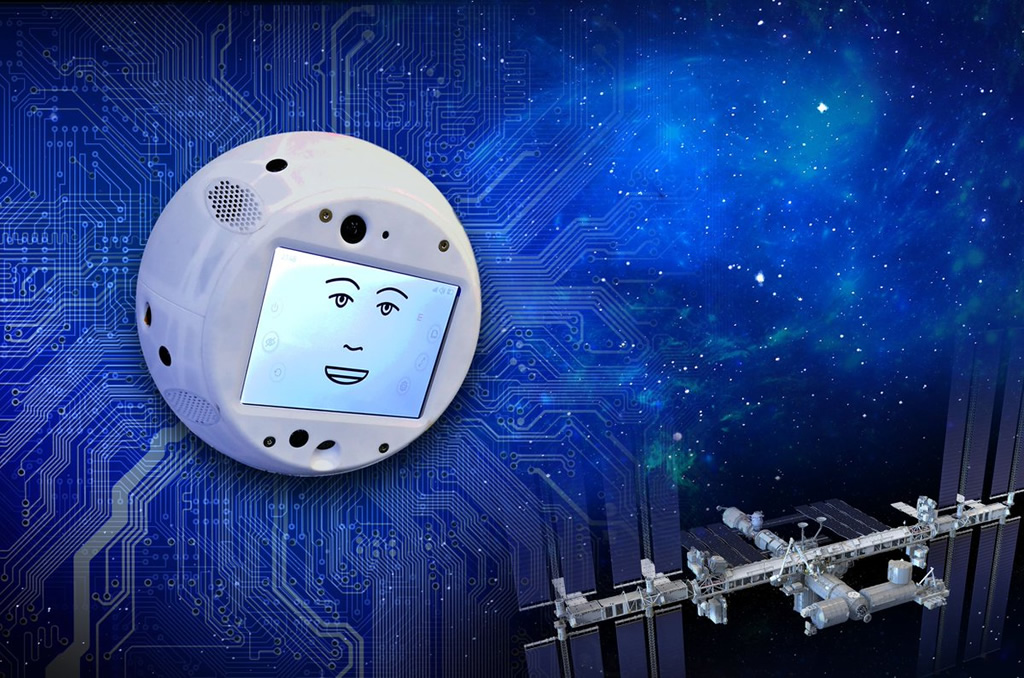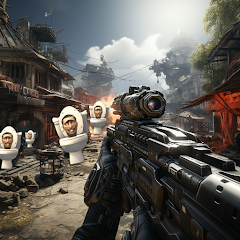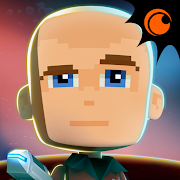
There are 7.7 billion people on the planet, but only six people live and work in outer space. Now, there is also a robot that not only assists astronauts in scientific experimental research, but also in equipment maintenance. At the same time, psychologically, it is also a companion of astronauts, helping astronauts in objective decision-making.
At the 2019 World Artificial Intelligence Conference, the AI space robot CIMON made its debut. This is the first astronaut interactive mobile companion in human history with both EQ and IQ.

In the 400-kilometer, zero-gravity International Space Station, six astronauts are very focused on research and experimentation. The work is very compact and the experiment is very complicated. Some have to go through hundreds of steps.
At the same time, for astronauts who travel in the vast universe, there are always pessimistic emotions such as loneliness, tension, anxiety, boredom, depression, etc. When the astronauts collapse, this will bring huge Damage and loss. Project CIMON came into being.
As the first AI robot to operate in a weightless environment, Project CIMON's main hardware system design was developed by Airbus, using 3D printing technology, made of plastic box metal, with a "liquid crystal" face that can laugh. Ultrasonic sensors can fly freely in a zero-gravity environment. When the astronauts voiced a command to it, CIMON's built-in fan would spin up and push it to glide gently into front of the astronauts.

In June 2018, CIMON took off on the Space X Falcon 9 rocket and made its first space interaction in November, and CIMON is becoming smarter. IBM and Airbus consider this in two dimensions:
Can Project CIMON assist astronauts in completing the experimental task, ie, the number of tasks that have been started, completed, or closed as hard indicators;
Based on the user/astronaut's acceptance and satisfaction with the robot.
Now, CIMON can not only understand the technical details in the space station, but also master the various technical terms in space, and naturally communicate and interact with astronauts. It has become a "powerful assistant" for astronauts. Moreover, through the real interactive dialogue, while improving the efficiency of the space station, it also greatly reduces the life and work pressure of the astronauts away from the earth in space.

CIMON, which has left the Earth to fly in space for more than 400 days, officially returned to Earth in August this year. The new CIMON is expected to serve in the International Space Station in December. Over the past 400 days, CIMON and astronauts have completed many A very difficult task.
In the future, IBM and Airbus will continue to develop Project CIMON for new application scenarios, such as target detection, and let CIMON participate in outer space exploration missions such as lunar exploration and Mars exploration.




